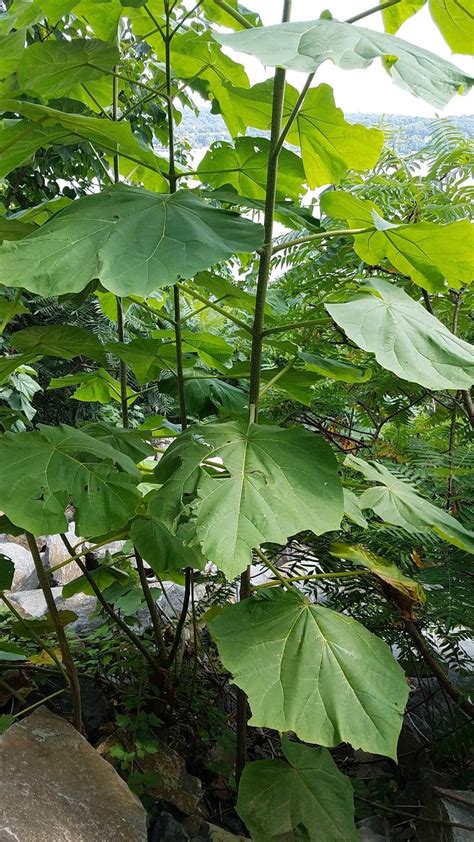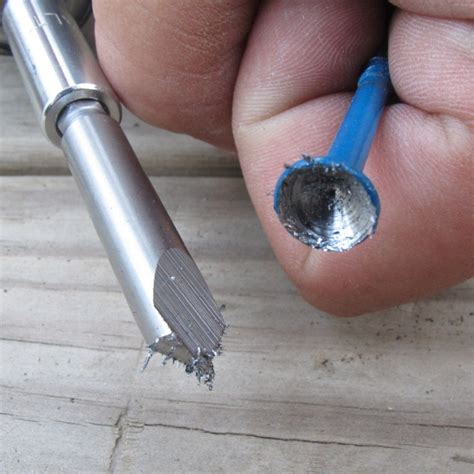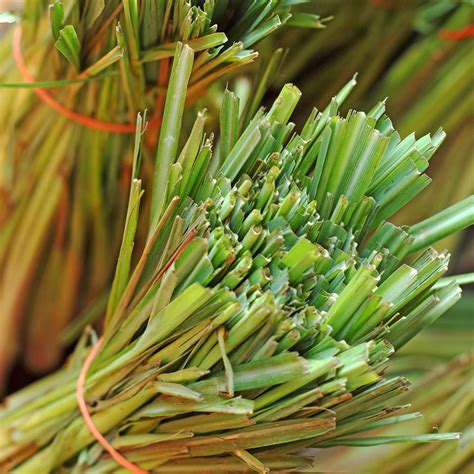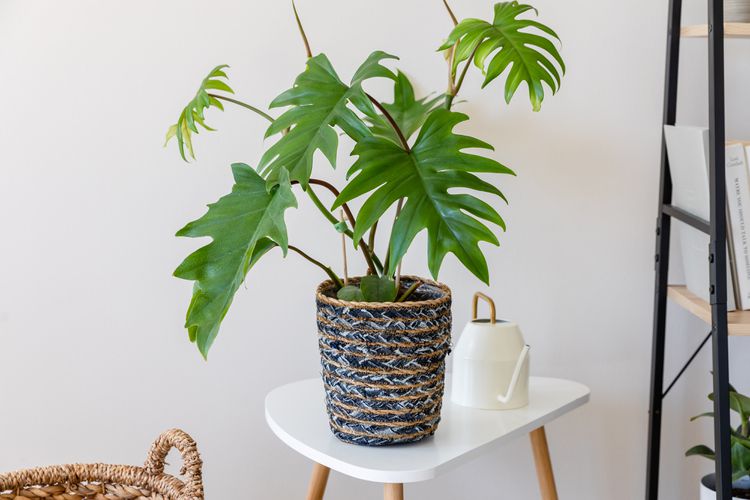
Are you looking to add a touch of tropical beauty to your indoor or outdoor space? Look no further than the majestic Elephant Ear plant. With its giant, lush leaves resembling the ears of an elephant, this plant is sure to make a statement in any setting. In this comprehensive guide, we’ll delve into the key aspects of Elephant Ear care, from lighting and watering to propagation and common problems. Whether you’re a beginner or a seasoned gardener, you’ll find valuable tips to ensure your Elephant Ear thrives and flourishes.
Light: Finding the Perfect Balance
When it comes to lighting, Elephant Ears thrive in bright, indirect light. Outdoors, they prefer partial shade to filtered sunlight, as direct sun exposure can scorch their leaves. Indoors, place your Elephant Ear near a window that receives bright, indirect light for a few hours each day. Avoid exposing it to harsh, direct sunlight, as this can lead to leaf burn.
Soil: A Well-Draining Mix
The right soil is crucial for the healthy growth of your Elephant Ear. It should be well-draining and rich in organic matter. A mix of peat moss, perlite, and compost works well for these plants. This combination allows water to flow through the soil while retaining enough moisture to keep the roots hydrated.
Water: Consistency is Key
Elephant Ears require consistent moisture to thrive, but they don’t like to sit in waterlogged soil. Water your plant when the top inch of soil feels slightly dry to the touch. Ensure that the water drains out completely and doesn’t accumulate in the saucer or pot. During the growing season, it’s essential to maintain a regular watering schedule, adjusting the frequency based on environmental conditions.
Temperature and Humidity: Mimicking the Tropics
As tropical plants, Elephant Ears prefer warm temperatures between 65°F and 85°F (18°C to 29°C). They also appreciate high humidity levels, so misting the leaves or placing a tray of water near the plant can help create a humid microclimate. Be mindful of drafts and sudden temperature fluctuations, as these can stress the plant.
Fertilizer: Fueling Growth
Providing proper nutrition is essential for the healthy development of Elephant Ears. Fertilize your plant every two weeks during the growing season using a balanced, water-soluble fertilizer. Follow the package instructions for the correct dosage and dilution. Be cautious not to over-fertilize, as this can lead to salt buildup in the soil, causing root damage.
How to Plant Elephant Ears
Planting Elephant Ears is a straightforward process. Choose a container or a spot in your garden with ample space for the plant to grow. Dig a hole that is slightly larger than the root ball and place the plant in the hole. Gently fill the hole with soil, ensuring that the top of the root ball is level with the soil surface. Pat down the soil to secure the plant and water thoroughly.
How to Propagate Elephant Ears
Propagating Elephant Ears is relatively simple, and it can be done through division or by collecting and planting offsets, also known as “pups.” Division involves carefully separating the plant into smaller sections, each with its own roots. Pups can be collected when they develop alongside the parent plant and then planted separately to grow into new plants.
How to Grow Elephant Ears From Seed
If you’re up for a more challenging propagation method, Elephant Ears can also be grown from seeds. Start by soaking the seeds in warm water overnight to soften the seed coat. Sow the seeds in a seed tray filled with well-draining soil, cover them lightly, and keep the tray in a warm and humid environment. With patience and care, you’ll soon see the seedlings emerge.
Types of Elephant Ears: Exploring the Variety
Elephant Ears come in various shapes, sizes, and colors, adding diversity to your plant collection. Some popular varieties include Alocasia, Colocasia, and Xanthosoma. Each has its unique leaf patterns and growth habits. Research the different types and choose the one that best suits your preferences and growing conditions.
Potting and Repotting Elephant Ears
As Elephant Ears grow, they may outgrow their current containers, necessitating repotting. Choose a pot that is one or two sizes larger than the current one, and ensure it has drainage holes. Gently remove the plant from its old pot, loosen the roots, and place it in the new pot. Fill in the gaps with fresh soil, and water thoroughly. Repotting is best done in spring when the plant is actively growing.
Overwintering: Protecting Your Plant
During the colder months, Elephant Ears may go dormant or enter a period of rest. If you live in a region with frost or freezing temperatures, it’s advisable to bring your outdoor Elephant Ear indoors or protect it with a layer of mulch. Indoors, reduce watering and place the plant in a cool, well-lit area. With proper care, your Elephant Ear will survive winter and return to its full glory in the spring.
Common Pests & Plant Diseases: Vigilance is Key
While Elephant Ears are relatively resilient, they can still face a few common pests and diseases. Here are some to watch out for:
Fungal Leaf Blight
Fungal leaf blight manifests as brown spots with yellow halos on the leaves. To prevent it, avoid overhead watering, maintain proper air circulation, and remove infected leaves promptly.
Pythium Rot
Pythium rot is a root rot disease caused by a waterborne fungus. It results in yellowing leaves and wilting. To prevent it, ensure proper drainage and avoid overwatering.
Spider Mites
Spider mites are tiny pests that feed on plant sap, causing leaves to turn yellow and develop webbing. Regularly inspect your plant and, if infested, treat with an insecticidal soap or horticultural oil.
How to Get Elephant Ears to Bloom
Getting Elephant Ears to bloom can be a bit challenging, as they primarily grow for their foliage. However, to encourage flowering, ensure your plant receives sufficient light and consistent moisture. Fertilize with a bloom-boosting fertilizer, specifically formulated for flowering plants, following the package instructions.
Common Problems With Elephant Ears
Despite your best efforts, you may encounter some common problems while caring for Elephant Ears:
Leaves Start Yellowing
Yellowing leaves can indicate various issues, such as overwatering, underwatering, nutrient deficiencies, or pest infestations. Assess the conditions and adjust accordingly to address the underlying problem.
Drooping Leaves
Drooping leaves are usually a sign of underwatering or root problems. Check the moisture levels in the soil and adjust your watering routine accordingly. If the roots are affected, repotting may be necessary.
Stunted Leaves or Pale Leaves
Stunted or pale leaves can be a result of insufficient light or nutrient deficiencies. Ensure your plant is receiving adequate light and consider fertilizing with a balanced fertilizer to provide the necessary nutrients.
Wilting
Wilting can occur due to overwatering, underwatering, or extreme temperature fluctuations. Check the moisture levels in the soil and adjust your watering routine accordingly. Avoid placing your plant near drafts or in areas with temperature extremes.
How to Grow Elephant Ears Indoors
If you’re considering growing Elephant Ears indoors, follow these steps:
1. Choose a suitable location with bright, indirect light.
2. Select a pot with drainage holes and fill it with a well-draining potting mix.
3. Plant your Elephant Ear, ensuring the top of the root ball is level with the soil surface.
4. Water thoroughly, allowing the excess water to drain out completely.
5. Maintain consistent moisture levels, adjusting watering frequency as needed.
6. Provide adequate humidity by misting the leaves or using a humidifier.
7. Fertilize regularly during the growing season, following the package instructions.
With these tips, you can enjoy the beauty of Elephant Ears indoors and create a lush, tropical oasis within your home.
By following the guidelines outlined in this article, you’ll be equipped with the knowledge and techniques needed to care for Elephant Ears successfully. Whether you choose to grow them indoors or outdoors, their giant leaves will add a dramatic and exotic touch to your space. Embrace the beauty of these majestic plants and let your Elephant Ear thrive!






